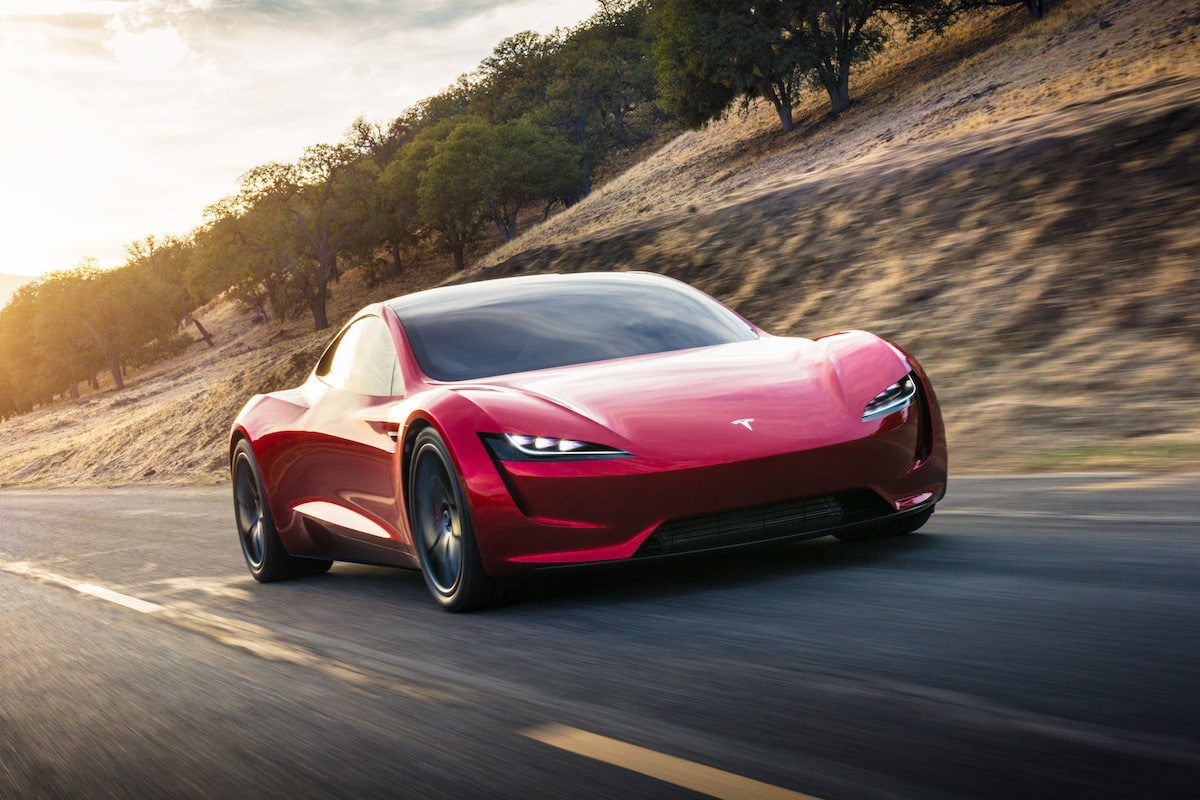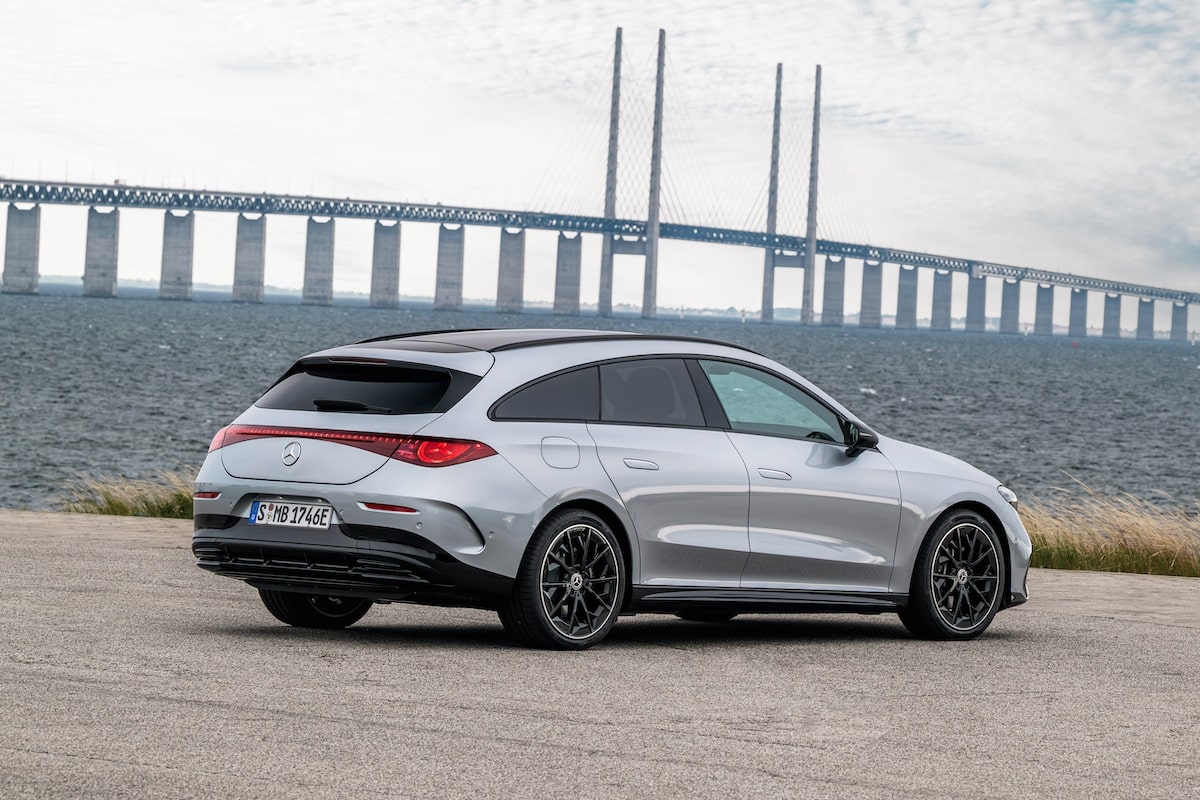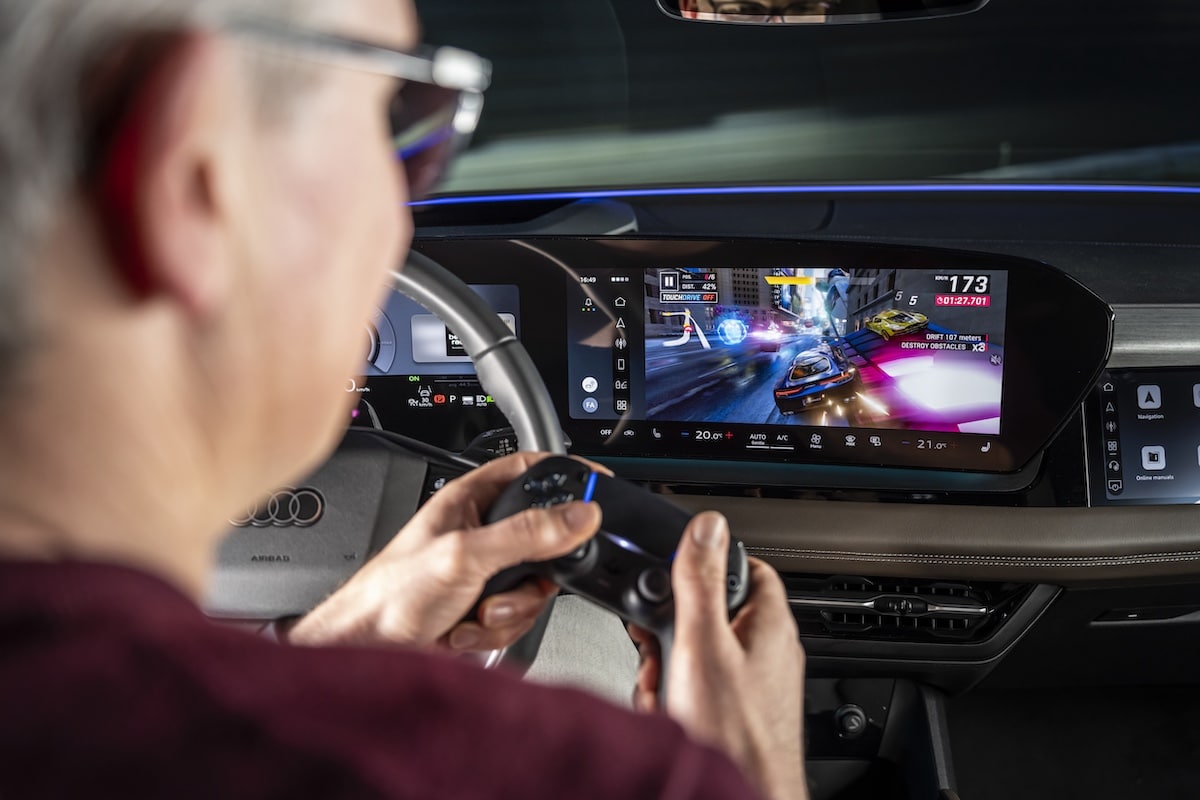Tesla Roadster: 0-100 km/h in 1.0 seconds, dangerous for the body?

Elon Musk promises a Tesla Roadster that will accelerate to 100 km/h in less than 1 second. What are the health implications?
Here we go again: preserving the planet with another unnecessary car. After the Cybertruck “zero carbon” thanks to its 3 tons, now Tesla aims to obliterate the automotive world with a Roadster celebrated for its acceleration capabilities. Elon Musk, in a comment to a tweet on his social network X, stated that the Roadster would target a 0 to 60 mph (96.5 km/h) acceleration in less than a second.
What are the acceleration limits?
The problem lies in physics. Power must be transferred to the ground… unless choosing a rocket engine.
The minimum time for a car to accelerate to 100 km/h depends on several physical factors, including engine power, vehicle weight, air resistance, and tire grip on the road. Among these, tire grip is often the most critical limiting factor in starting accelerations because it determines the maximum force the car can exert on the ground without slipping.
For extremely rapid accelerations, electric cars with advanced propulsion systems and sophisticated traction controls can currently reach 0 to 100 km/h in just over 2 seconds in real-world conditions.
Theoretically, the minimal time could be even lower if we consider only grip and power limits, without taking into account practical constraints such as air resistance and the engine’s capacity to maintain maximum acceleration throughout the speed range up to 100 km/h.
What effects on the human body?
To determine whether an acceleration from 0 to 100 km/h in 1.9 seconds is tolerable for the human body, let’s first calculate the acceleration in meters per second squared (m/s2) and then convert it into gravity units (g) to better understand its impact on the human body.
Conversion of 100 km/h to m/s: 100 km/h = (100 × 1000) / 3600 ≈ 27.78 m/s
Human tolerance to acceleration is measured in units of g, where 1 g equals the acceleration due to gravity on Earth. Humans can typically withstand accelerations above 1 g for short periods, depending on the direction and duration of the acceleration. For instance, fighter pilots and astronauts are trained to endure much higher accelerations over brief intervals, often using anti-G suits and specific techniques to prevent loss of consciousness.
However, an acceleration like the one aimed for by Tesla would feel close to 3 g for someone in a car accelerating from 0 to 100 km/h in 1 second, and would be very abrupt, potentially causing discomfort or injuries, especially if the person isn’t properly prepared or supported by safety equipment. Effects such as difficulty breathing, peripheral vision loss (tunnel vision), and loss of consciousness can occur at higher levels of acceleration.
It’s important to note that vehicle design takes into account human tolerance limits to ensure passenger safety and comfort. Such extreme accelerations are uncommon in consumer vehicles and are typically restricted to specialized vehicles like race cars or spacecraft, which incorporate additional safety measures.
Ultimately, would a Tesla Roadster be authorized to freely circulate on the road? Besides the danger to passengers, there is also the concern for other road users and pedestrians.
ALL THE LATEST ON TESLA
This page is translated from the original post "Tesla Roadster : le 0-100 km/h en 1″0, dangereux pour le corps ?" in French.
We also suggestthese articles:
Also read






